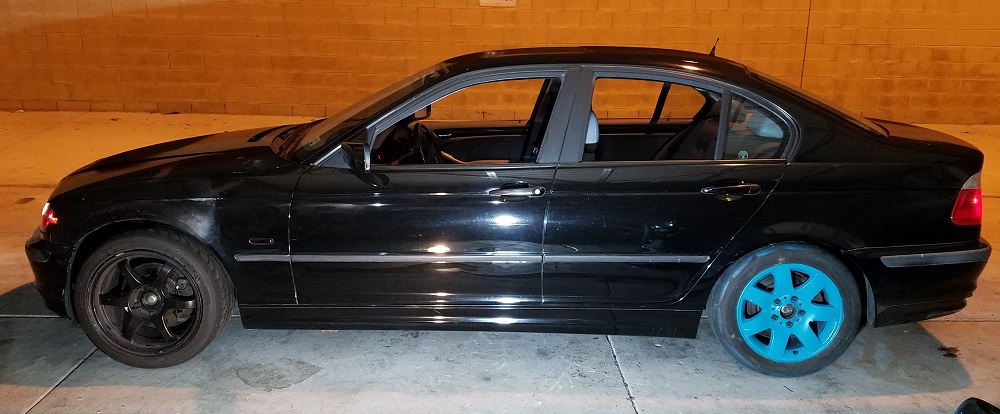Welding My BMW’s Differential for Maximum Drift
Check out the latest weekly update from 6SpeedOnline editor Jake Stumph as he readies a $1,500 BMW E46 for drifting.
The past few episodes have all revolved around the rear suspension on my budget build BMW E46. After all, it is a known weak spot on this platform, so it makes sense to knock out as many repairs as possible all in one go since I have the rear subframe out of the car. To that end, I have rebuilt the shifter, since it was easily accessible. With the subframe assembly out of the car, I was able to inspect the E46 for chassis damage, and found a small crack. However, before I fix up the fatigued chassis, I replaced a lot of suspension bushings in the rear end of the car.
So, at this point, the rear subframe assembly is looking pretty good. With all new bushings and a bunch of other goodies, it’s nearly complete. However, as this will be a drift car, I have to address the differential.
Differentials and drifting 101
Differentials are complicated to build, but easy to understand in principle. Engine power goes through the transmission, down the driveshaft and into the differential. The differential then distributes the power to the left and right rear wheels. Like most passenger cars, my BMW 328i comes with an open differential. An open differential does not control how much power is sent to each wheel, it simply operates on the principle of path of least resistance. While this is fine for an every day commuter, it doesn’t work for a track car. An open differential, unlike a locking, or limited-slip differential, basically means that around corners the inside wheel, which gets light during cornering, usually receives all of the engine’s twisting force. Remember, path of least resistance. This commonly results in one tire fire.

When going around a race track, either in trying to set the fastest lap possible, or trying to get as sideways as possible, drivers want both of those rear wheels putting in work. A limited-slip differential, or locking diff, continually sends power to both wheels, even under hard cornering. This allows the car to more effectively put it’s power down and improve cornering speeds. For drifters, keeping both of the back wheels spinning means less momentum loss around corners and, crucially, more tire smoke when the going gets sideways.
Easy enough, right? Well, sorta. There are different types of limited-slip diffs, and they all work in different ways. I will spare you the tech talk, but, in short, drifters tend to want the most aggressively locking differentials available, for the sake of getting sideways, and staying sideways, consistently. So, what am I going to do about Project E46’s open differential?
continued…
